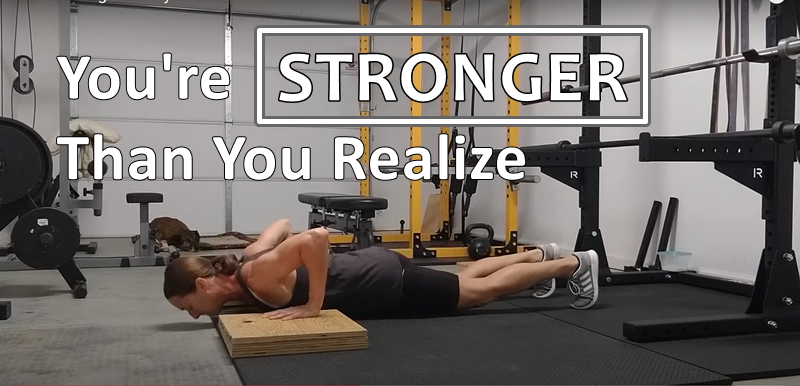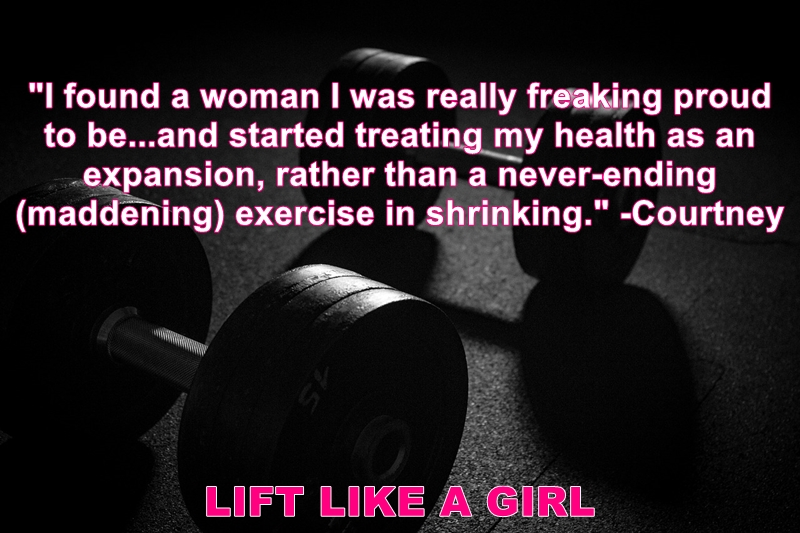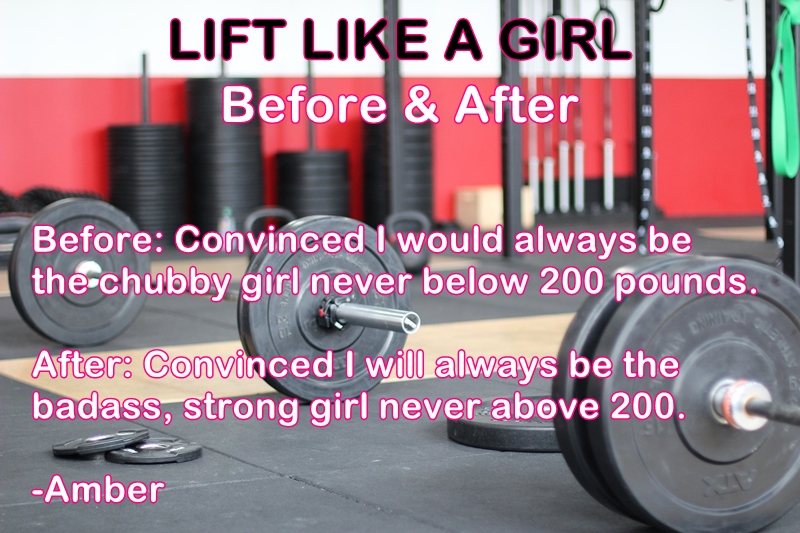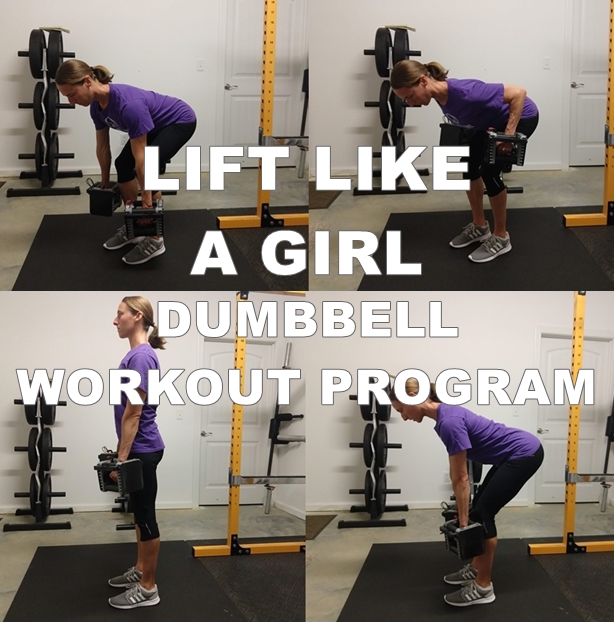
“What exercises should I do for the Lift Like a Girl programs if all I have access to are dumbbells?” That has been asked so frequently that it’s time to provide the answer.
Or if you have dumbbells at home, your gym has limited equipment, or you simply prefer dumbbell exercises, use this program for great results. There are exercise-demonstration photos, a four-week dumbbell workout program, and printable workout logs.
Before we get to the workout program, it’s important to understand the advantages, and limitations, of dumbbell exercises.
Dumbbell-Exercise Limitations
To build maximum strength, the barbell is the best tool. You can get stronger, build muscle, and build a better-looking body with dumbbells, but if you want to deadlift twice your bodyweight or barbell squat 1.5 times your bodyweight, you must train those lifts frequently with a barbell.
Increasing the weight can be challenging. This is a tremendous perk to barbell training — exercises are infinitely scalable, especially when using fractional plates, and weight increases are more manageable. For example, a five-pound increase on a barbell exercise, say, going from a 100-pound bench press to a 105-pound bench press, is much more manageable than going from a 20-pound dumbbell bench press to a 25-pound dumbbell bench press. The former was a 5% increase distributed over both limbs, the latter a whopping 25% increase for each limb. There are ways to work around this limitation, covered below.
Can’t productively train in a very-low rep range. Once out of the beginner stage of strength training, you can safely perform a challenging 3-rep set for the barbell bench press. You can’t perform a challenging 3-rep set for a dumbbell bench press productively (i.e., performing a 3-rep max, where only 3 reps are possible — you can obviously perform “just” 3 reps, but it would be with a 6-rep max, or greater). Getting very heavy ‘bells into position can be awkward, and the risk:reward ratio for attempting such a heavy load is minimal and therefore not advised.
There exists a superfluous amount of stupid exercises. Due to their versatility, there’s no shortage of made up exercises that claim to be “functional” or “incredible for your core” or some other hyped up description. Kind of like this one I made up:

A super functional lateral raise/biceps curl/balance combo of 2-pound dumbbell fury, complete with the obligatory cheesy smile. (Yes, this is very much a joke. Don’t do this “exercise.”)
With those disadvantages in mind, does that mean dumbbells are useless? Of course not. Some people only have dumbbells to work with. Some people only want to use dumbbells, and they do have advantages.
Dumbbell-Exercise Advantages
Greater confidence with dumbbell exercises. Someone may be more comfortable, and confident, performing a dumbbell goblet squat compared to a squat with a barbell on their back. This individual can use dumbbell exercises to build strength and confidence, then transition to barbell training to build greater strength. In this instance, dumbbell training can be a stepping stone to barbell training.
Then again, some people prefer to use dumbbell exercises exclusively. That’s great too.
No need for a spotter or power rack. You don’t need a training partner or the security of a power rack with dumbbell exercises since there’s no risk of a dumbbell getting pinned to your throat, or stapling you to the ground, as with their barbell equivalents. If, for example, you fail on a dumbbell bench press, you just drop the weights to the side.
Home-gym and travel-friendly workouts. Increasingly more people have a set of adjustable dumbbells and a weight bench at home. They’re economical, take up very little space, and don’t require a lifting platform or concrete floor as needed for barbell deadlifts. Many hotel facilities also have a rack of dumbbells, so that makes dumbbell workouts travel friendly.
Modern-day gym-friendly workouts. There’s an increasing amount of gym chains that only have dumbbells and machines. If dumbbells are all you have available, you can still achieve incredible results with them … if you train correctly. That’s where the Lift Like a Girl Dumbbell Workouts come in.
The Lift Like a Girl Dumbbell Workouts
If you’re going to use dumbbells exclusively, your workouts must use mostly compound exercises, like those used here. There are two workouts. We’ll first introduce the workouts and their demonstration photos, then we’ll go over the workout details.
WORKOUT A
1) Goblet squat
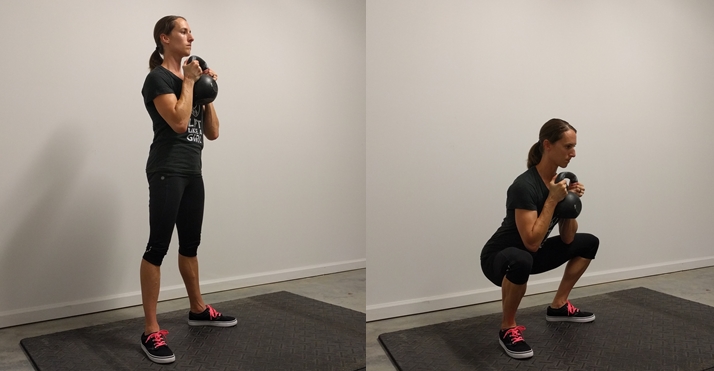
Primarily works the legs and glutes. I’m using a kettlebell here but you can use a dumbbell by putting the heels of your palms under one end of a dumbbell (the handle will be vertical).
2) Dumbbell bench press
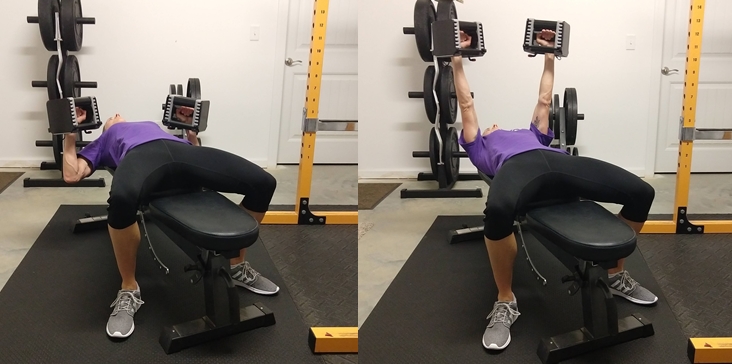
Works the chest, front of the shoulders, and triceps.
Don’t have a weight bench? You can do a dumbbell floor press instead.

This alternative uses a shorter range of motion, but it’s a good alternative.
3) Bent-over double-dumbbell row
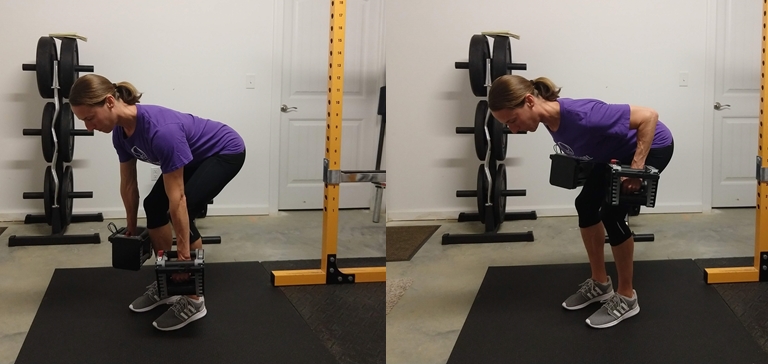
This exercise works the back and biceps.
WORKOUT B
1) Romanian deadlift

This exercise works the hamstrings, glutes, upper back, and grip.
2) Standing press
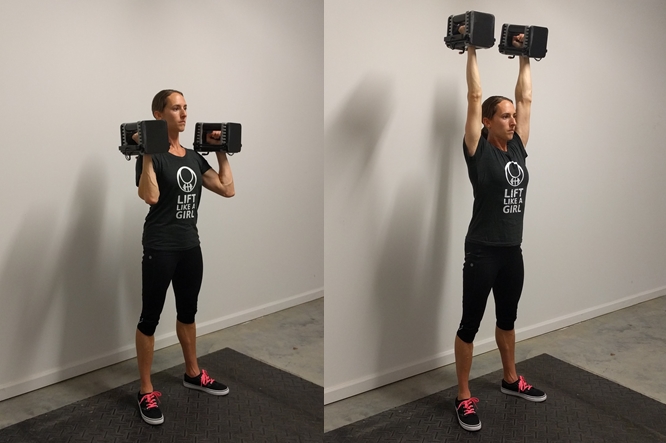
This exercise works the shoulders, triceps, and core from having to stabilize your body.
3) One-arm dumbbell row
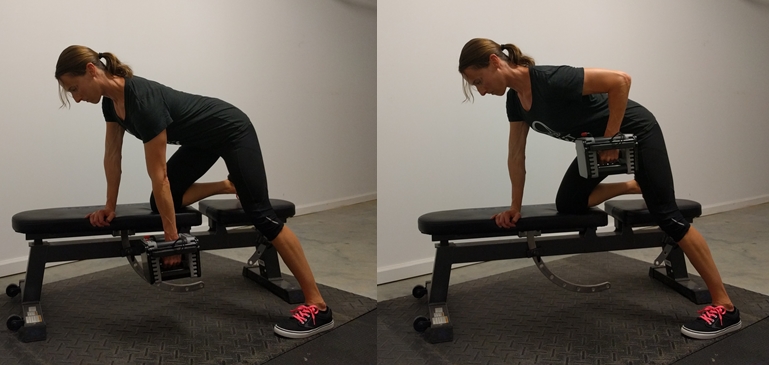
This exercise works the back and biceps.
The Weekly Training Schedule
Perform three workouts per week, alternating the two workouts. Do this for four weeks, completing both workouts a total of six times each. The following layout assumes a Monday, Wednesday, Friday workout schedule, but do what works best for you. Nonconsecutive days are recommended.
The workouts begin with 2×8-12 (2 sets, 8-12 reps) for all exercises; once both workouts are completed twice it increases to 3×8-12 (3 sets, 8-12 reps each set). Here’s a four-week training schedule that shows how to alternate the two workouts, and when the number of sets increases from two to three.
Week 1:
- Mon: Workout A (2×8-12)
- Wed: Workout B (2×8-12)
- Fri: Workout A (2×8-12)
Week 2:
- Mon: Workout B (2×8-12)
- Wed: Workout A (3×8-12)
- Fri: Workout B (3×8-12)
Week 3:
- Mon: Workout A (3×8-12)
- Wed: Workout B (3×8-12)
- Fri: Workout A (3×8-12)
Week 4:
- Mon: Workout B (3×8-12)
- Wed: Workout A (3×8-12)
- Fri: Workout B (3×8-12)
Do that for four weeks and enjoy your newly-forged strength and awesomeness.
Sets, Reps, and How to Progress
The Lift Like a Girl dumbbell workouts begin with two sets for each exercise so you can focus on learning proper technique and you won’t get so sore you struggle to walk up stairs … and get off the toilet. After completing both workouts two times, the number of sets increases to three.
All exercises are to be performed for 8-12 reps. Use a challenging weight for eight reps and stick with that weight until you complete 12 reps for all sets. Once you do that, increase the weight the following workout and start back at eight reps. (This is called the double-progression method.)
If you’re unable to increase the weight because it feels too difficult, stick with the previous weight and try to add more reps when you repeat the workout. Then, after another workout or two, attempt the heavier ‘bells again.
Lift Like a Girl Dumbbell Workout Log
Would you like to easily track your workout performance? Use the provided printable workouts log below.
Click to download the Lift Like a Girl dumbbell workout logs.
What Should You Do After Four Weeks?
You can increase the number of sets from 3×8-12 to 4×8-12, or switch to different variations for each exercise and repeat using the training schedule above. Or perhaps you’ll want to transition to barbell training. Start your journey with Phase 2 in Lift Like a Girl or create your own program using these how-to videos: squat, deadlift, chin-up, row, bench press, press.
Want a Done-For-You Dumbbell Guide?
If you prefer to work out with dumbbells, then check out the Dumbbell Strength Training Guide. It’s complete with done-for-you workouts, exercise-demonstration videos, and workout logs.

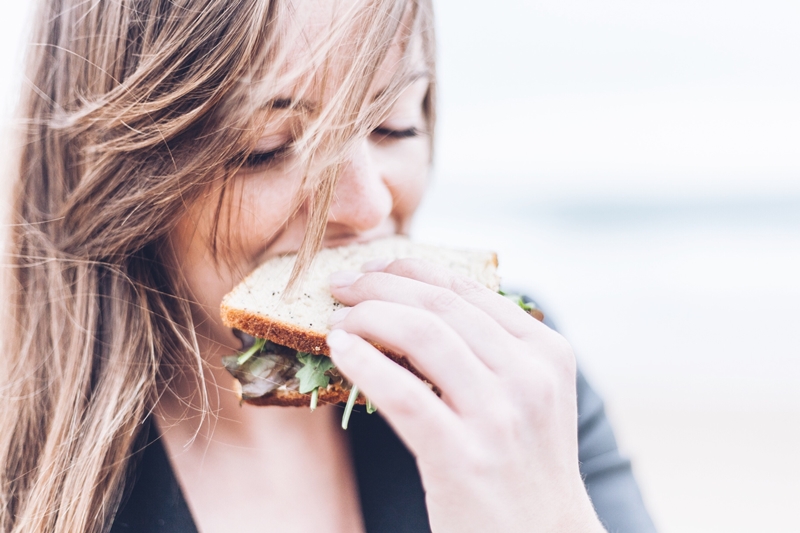
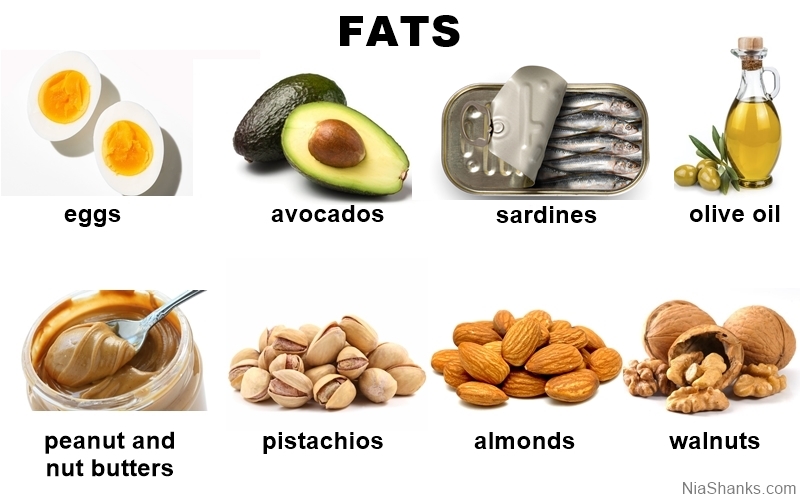 These whole-food sources are packed with healthy fats. Other examples not shown include fatty fish like salmon and mackerel; plant sources include flax seeds, olives, chia seeds.
These whole-food sources are packed with healthy fats. Other examples not shown include fatty fish like salmon and mackerel; plant sources include flax seeds, olives, chia seeds.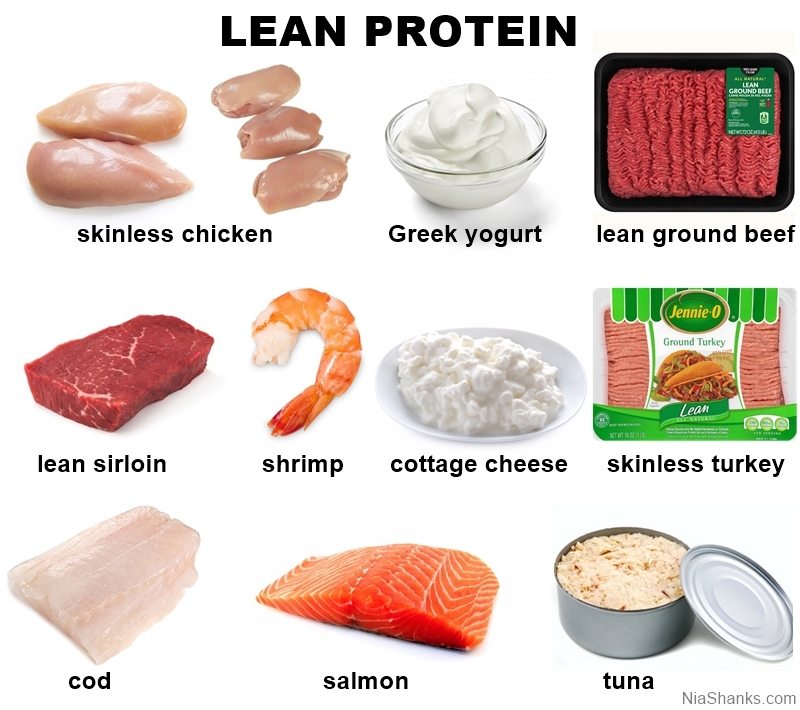 Notice that lean sources of protein are shown. Fattier cuts of meat and dairy are fine but shouldn’t make up the bulk of your protein choices.
Notice that lean sources of protein are shown. Fattier cuts of meat and dairy are fine but shouldn’t make up the bulk of your protein choices.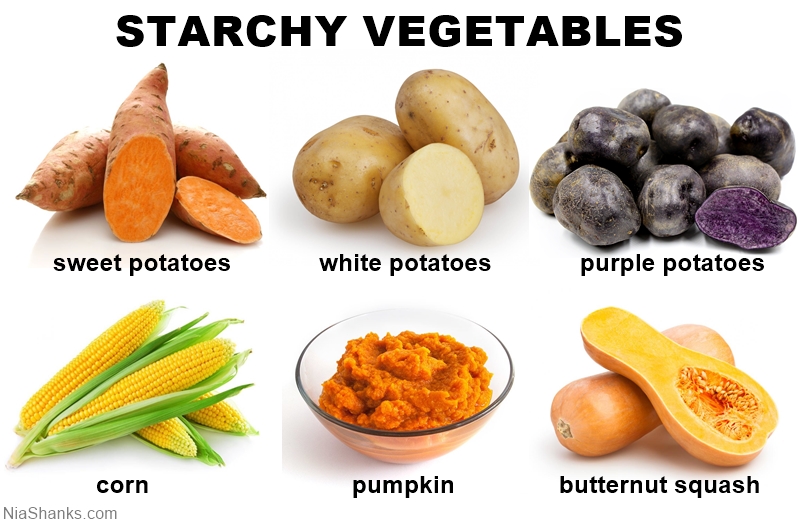
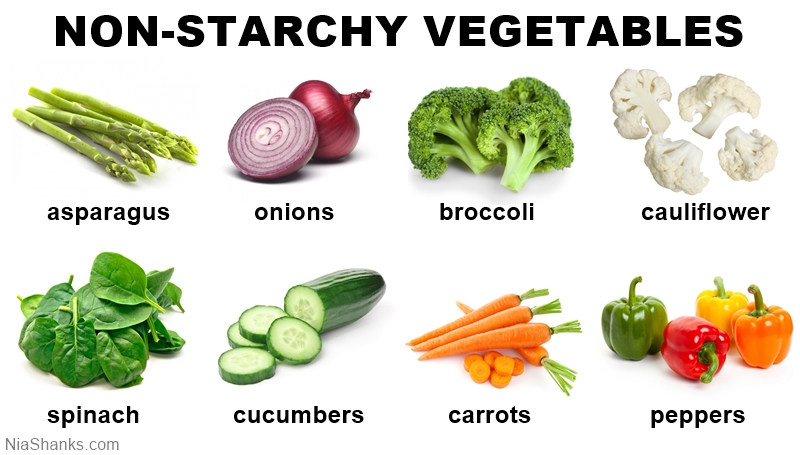 Why two vegetable categories? Because some people rely too much on the starchy vegetables and eat nothing but potatoes. Potatoes are healthy and satiating, but don’t neglect non-starchy veggies. A good rule of thumb is to “eat the rainbow” as often as possible so you get tons of nutrients in a fiber-packed package. Non-starchy veggies are a great way to increase satiety because they take up a lot of space in the stomach without packing a lot of calories (i.e., they’re high-volume, low-calorie foods).
Why two vegetable categories? Because some people rely too much on the starchy vegetables and eat nothing but potatoes. Potatoes are healthy and satiating, but don’t neglect non-starchy veggies. A good rule of thumb is to “eat the rainbow” as often as possible so you get tons of nutrients in a fiber-packed package. Non-starchy veggies are a great way to increase satiety because they take up a lot of space in the stomach without packing a lot of calories (i.e., they’re high-volume, low-calorie foods). Tasty protein and fiber combined in a cheap package, especially if you buy dried beans and prepare them yourself. If you don’t eat meat, or much of it, this will be one of your main sources of protein. Even if you do eat meat, include these tasty foods.
Tasty protein and fiber combined in a cheap package, especially if you buy dried beans and prepare them yourself. If you don’t eat meat, or much of it, this will be one of your main sources of protein. Even if you do eat meat, include these tasty foods. This category also includes foods like whole wheat pasta and breads.
This category also includes foods like whole wheat pasta and breads. If you don’t use herbs and spices with your cooking, start. I’ve cooked countless meals that were bland and boring, but the right blend of spices made these meals delightfully craveable. Find recipes that use herbs and spices if you’re not a creative cook. They can make the difference between a meal you feel like you have to choke down and one that creates a symphony of flavors on your tastebuds.
If you don’t use herbs and spices with your cooking, start. I’ve cooked countless meals that were bland and boring, but the right blend of spices made these meals delightfully craveable. Find recipes that use herbs and spices if you’re not a creative cook. They can make the difference between a meal you feel like you have to choke down and one that creates a symphony of flavors on your tastebuds. Choose from fresh or frozen. Canned fruits are okay if they’re packed in water and don’t have added sugar. Buy what’s in season or on sale to save money. Keep apples and other easy-to-grab fruits nearby if you tend to snack frequently.
Choose from fresh or frozen. Canned fruits are okay if they’re packed in water and don’t have added sugar. Buy what’s in season or on sale to save money. Keep apples and other easy-to-grab fruits nearby if you tend to snack frequently.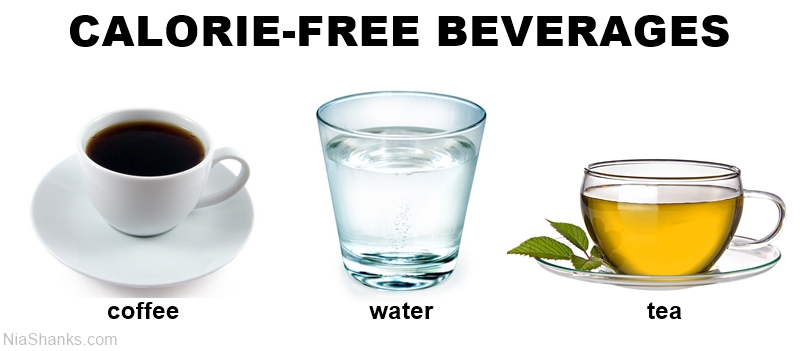 Sparkling water is another option and the carbonation can help curb appetite. Calorie-free soft drinks are okay in moderation and can help satisfy your sweet tooth. One of the simplest changes worth making is swapping calorie-laden beverages for their calorie-free or low-calorie equivalent.
Sparkling water is another option and the carbonation can help curb appetite. Calorie-free soft drinks are okay in moderation and can help satisfy your sweet tooth. One of the simplest changes worth making is swapping calorie-laden beverages for their calorie-free or low-calorie equivalent. The tremendous benefit of aiming for at least an 80% average of whole foods is the flexibility it provides. Remember, this is a flexible lifestyle, not a perfection-obsessed diet. You can socialize and enjoy your favorite foods without feeling deprived or like you’re “on a diet.”
The tremendous benefit of aiming for at least an 80% average of whole foods is the flexibility it provides. Remember, this is a flexible lifestyle, not a perfection-obsessed diet. You can socialize and enjoy your favorite foods without feeling deprived or like you’re “on a diet.”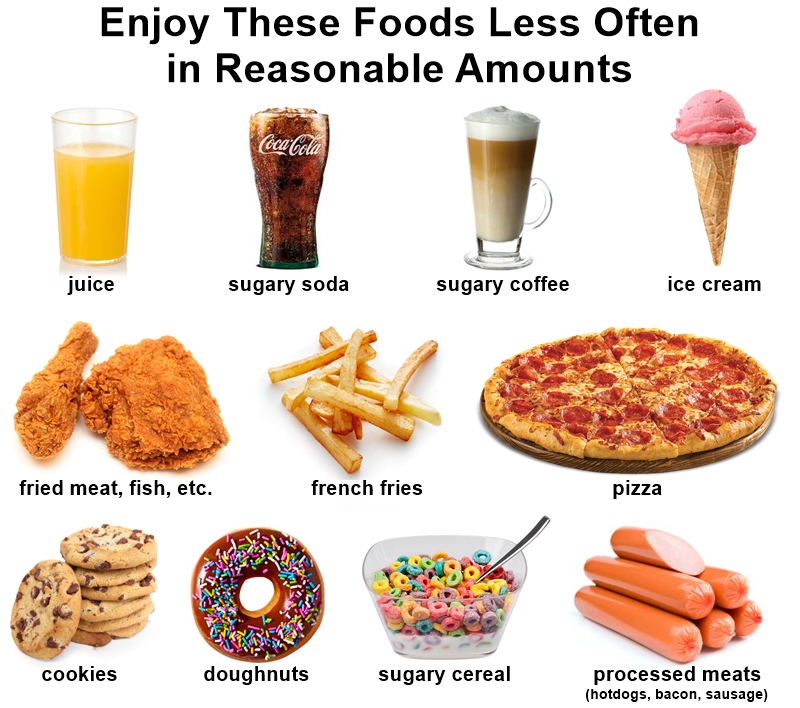 The eat less of these foods are typically calorie dense, not nutrient dense like the whole foods above. They’re hyperpalatable by design typically using a combination of sugar, fat, and salt. For a fascinating look at how foods are intentionally and painstakingly designed to keep us eating more and wanting to eat more, read
The eat less of these foods are typically calorie dense, not nutrient dense like the whole foods above. They’re hyperpalatable by design typically using a combination of sugar, fat, and salt. For a fascinating look at how foods are intentionally and painstakingly designed to keep us eating more and wanting to eat more, read 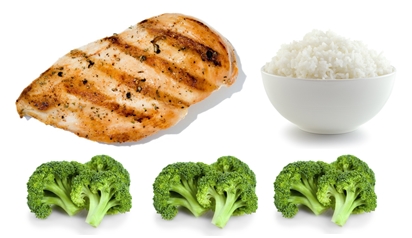 Nope. Mine certainly don’t.
Nope. Mine certainly don’t. Some people claim you’d instantly pack on fat eating nothing but Snickers bars because of the insulin response, but that’s incorrect. An insulin response won’t lead to fat storage in the absence of a caloric surplus.
Some people claim you’d instantly pack on fat eating nothing but Snickers bars because of the insulin response, but that’s incorrect. An insulin response won’t lead to fat storage in the absence of a caloric surplus.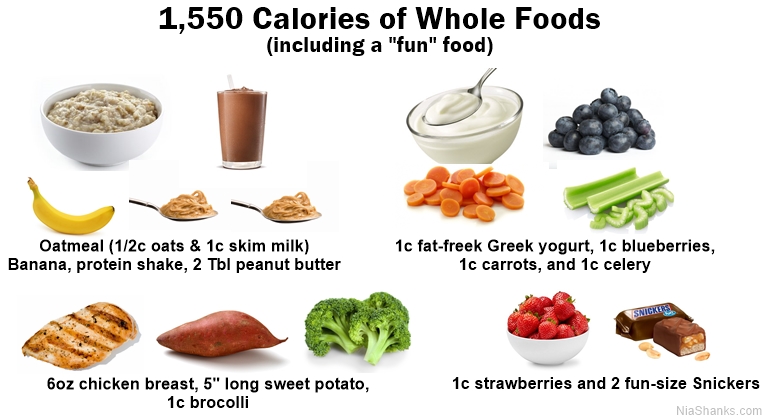 Whole foods provide greater satiety than heavily processed calorie-dense foods.
Whole foods provide greater satiety than heavily processed calorie-dense foods.